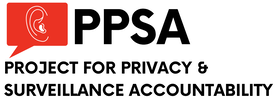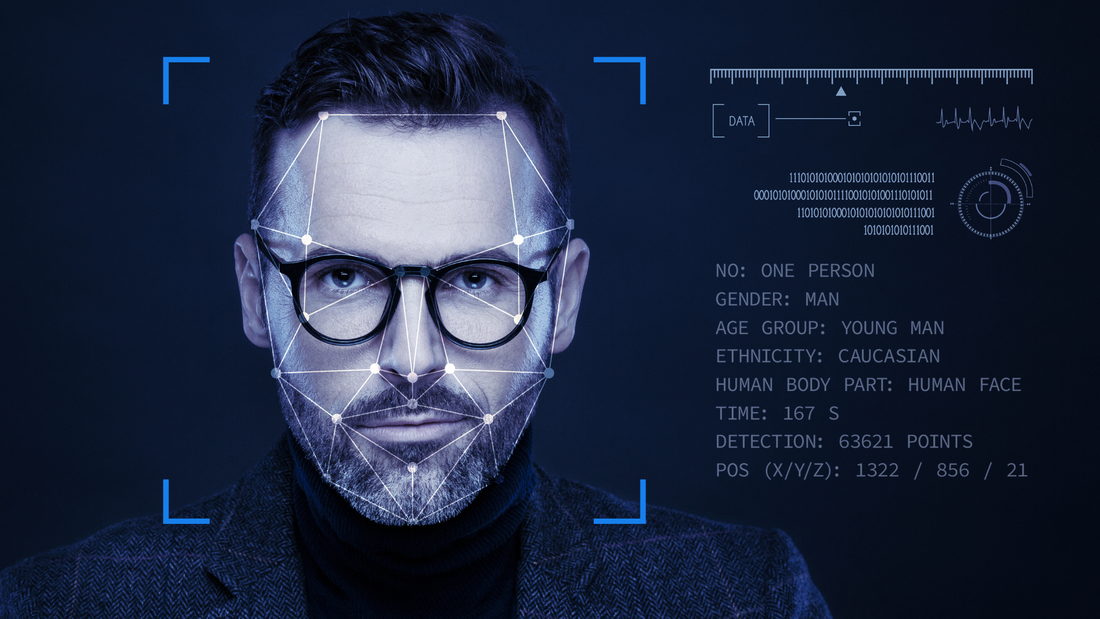|
In “A Scanner Darkly,” a 2006 film based on a Philip K. Dick novel, Keanu Reeves plays a government undercover agent who must wear a “scramble suit” – a cloak that constantly alters his appearance and voice to avoid having his cover blown by ubiquitous facial recognition surveillance.
At the time, the phrase “ubiquitous facial recognition surveillance” was still science fiction. Such surveillance now exists throughout much of the world, from Moscow, to London, to Beijing. Scramble suits do not yet exist, and sunglasses and masks won’t defeat facial recognition software (although “universal perturbation” masks sold on the internet purport to defeat facial tracking). Now that companies like Clearview AI have reduced human faces to the equivalent of personal ID cards, the proliferation of cameras linked to robust facial recognition software has become a privacy nightmare. A year ago, PPSA reported on a technology industry presentation that showed how stationary cameras could follow a man, track his movements, locate people he knows, and compare all that to other data to map his social networks. Facial recognition doesn’t just show where you went and what you did: it can be a form of “social network analysis,” mapping networks of people associated by friendship, work, romance, politics, and ideology. Nowhere is this capability more robust than in the People’s Republic of China, where the surveillance state has reached a level of sophistication worthy of the overused sobriquet “Orwellian.” A comprehensive net of data from a person’s devices, posts, searches, movements, and contacts tells the government of China all it needs to know about any one of 1.3 billion individuals. That is why so many civil libertarians are alarmed by the responses to an ACLU Freedom of Information (FOIA) lawsuit. The Washington Post reports that government documents released in response to that FOIA lawsuit show that “FBI and Defense Department officials worked with academic researchers to refine artificial-intelligence techniques that could help in the identification or tracking of Americans without their awareness or consent.” The Intelligence Advanced Research Projects agency, a research arm of the intelligence community, aimed in 2019 to increase the power of facial recognition, “scaling to support millions of subjects.” Included in this is the ability to identify faces from oblique angles, even from a half-mile away. The Washington Post reports that dozens of volunteers were monitored within simulated real-world scenarios – a subway station, a hospital, a school, and an outdoor market. The faces and identities of the volunteers were captured in thousands of surveillance videos and images, some of them captured by drone. The result is an improved facial recognition search tool called Horus, which has since been offered to at least six federal agencies. An audit by the Government Accountability Office found in 2021 that 20 federal agencies, including the U.S. Post Office and the Fish and Wildlife Service, use some form of facial recognition technology. In short, our government is aggressively researching facial recognition tools that are already used by the Russian and Chinese governments to conduct the mass surveillance of their peoples. Nathan Wessler, deputy director of the ACLU, said that the regular use of this form of mass surveillance in ordinary scenarios would be a “nightmare scenario” that “could give the government the ability to pervasively track as many people as they want for as long as they want.” As we’ve said before, one does not have to infer a malevolent intention by the government to worry about its actions. Many agency officials are desperate to catch bad guys and keep us safe. But they are nevertheless assembling, piece-by-piece, the elements of a comprehensive surveillance state. Comments are closed.
|
Categories
All
|


 RSS Feed
RSS Feed